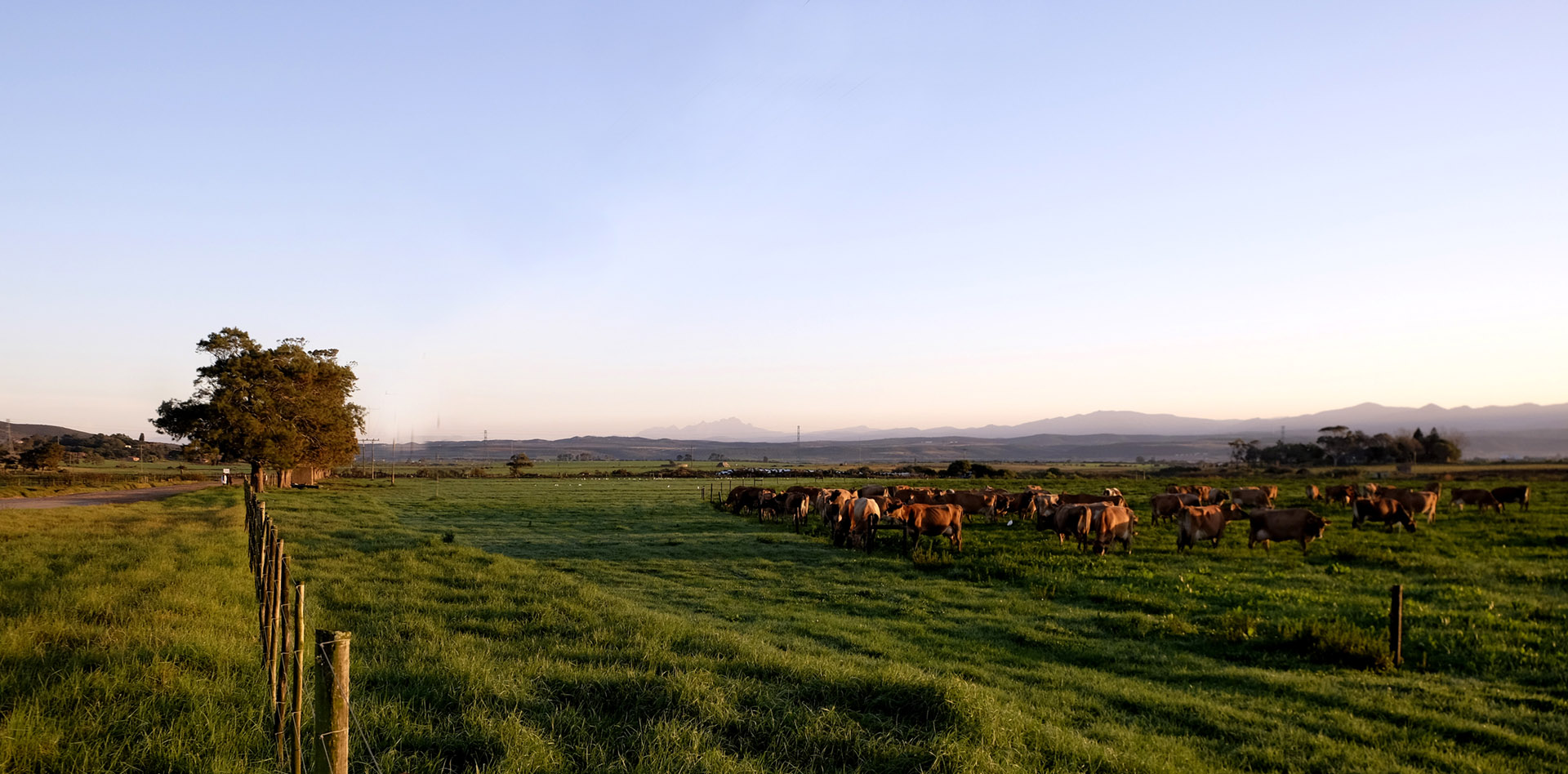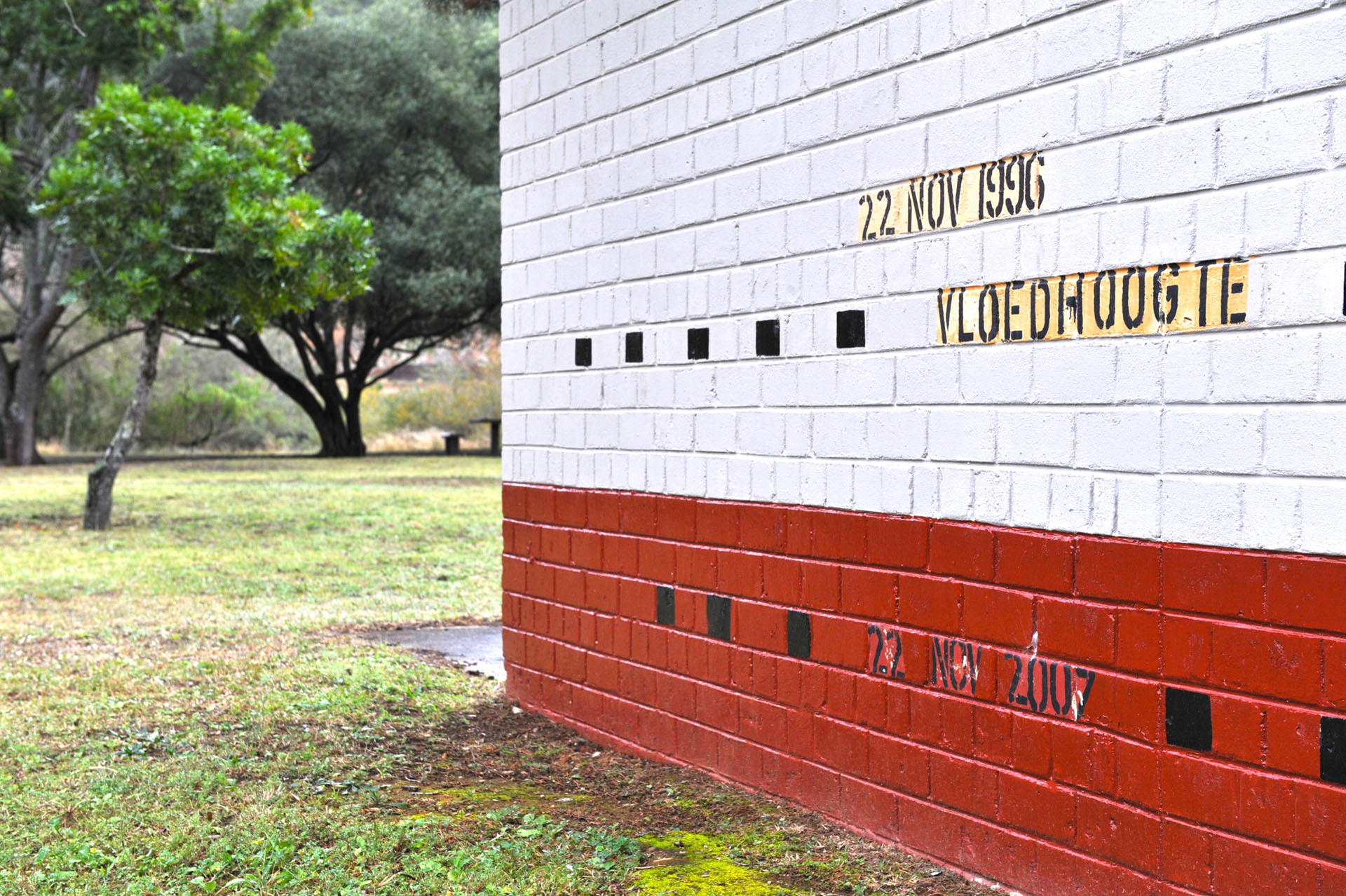
Agricultural origins
The Gamtoos Valley was originally home to the Khoi people, with the trekboers settling in the valley under Dutch occupation of the Cape during the 1700s. After the British took possession of the Cape Colony, the first farms in the area were officially handed over to European farmers between 1816 and 1818.
In 1822, the London Missionary Society went in search of arable land after finding a shortage of land around its mission at Bethelsdorp
The Hankey Missionary Station was the result, and it was named after the society’s trustee, Rev. William Allers Hankey. The town of Hankey followed four years later.
In 1850, the society also erected the Milton Water Mill, which was driven by the overflow water from the Philip irrigation tunnel (see below). The mill was flooded in 1932 and damaged to such an extent that it was abandoned. Only the foundations remain today.
The missionary station, which served the local Khoi people, was eventually closed down in 1876 and the land sold by public auction.
Early irrigation efforts
In 1830, the very first irrigation canal was built by contractor James Wait and a group of Khoi workers, whose farm lands would benefit from the water supply. The origin of the canal was 5.7km upstream of Hankey, with water fed from the Klein River.
South Africa’s first irrigation tunnel, the Philip Tunnel, measuring an impressive 228m in length, was completed in 1844.
Major floods
The flood of 1916 was the deadliest in Gamtoos history, with 24 people losing their lives and the valley almost completely under water.
To date, the biggest flood over the Kouga Dam wall occurred in 1996. Although 1996 was the biggest, the flow in the Groot River was very low. The combined flow during the 1971 flood was much greater, resulting in higher flow in the Gamtoos River.
Over the past two centuries, nine floods have been recorded in 1847, 1867, 1905, 1916, 1932, 1944, 1961, 1971 and 1996.
